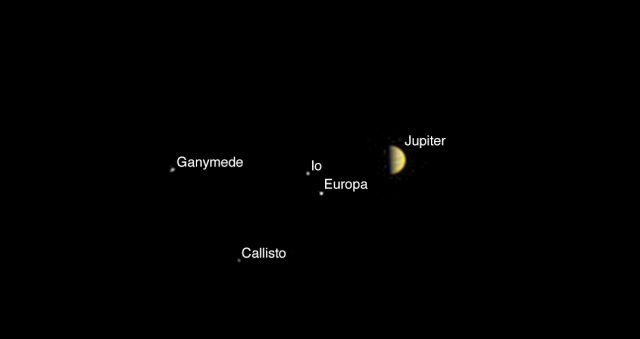
Back in the early 2000s, scientists began planning how to design and build a spacecraft that could not only survive the voyage to Jupiter, but subsist in its hellish radiation environment long enough to make a careful study of the gas giant's composition and its mysterious interior. For the spacecraft, the radiation dosage during the 1.5-year science mission is equivalent to a patient sitting in a dentist's chair and being X-rayed every second of every day for three years.
Juno is now more than 850 million kilometers away from Earth. After all of that work, a spectacular launch and a deep space cruise, the fate of Juno comes down to tonight—can it successfully fall into orbit around the giant of the solar system?
Engineers at NASA's Jet Propulsion Laboratory in California have already sent a command to the spacecraft to initiate its autopilot mode. This kicked off a software program that will culminate on Monday night when the spacecraft's main engine, a Leros 1b built by Moog-ISP in England, fires for 35 minutes. That burn is scheduled to begin at 11:18pm ET (4:18am BST on July 5).
Named after the Roman goddess who was both sister and wife to Jupiter, the $1.1-billion Juno spacecraft weighs about 3,600kg and is 3.5 meters long and 3.5 meters wide. It features huge solar panels, measuring a total of 60 square meters, because the solar output is about 25 times weaker at Jupiter than Earth. Aside from understanding the planet's mysterious interior, scientists also hope to gather data that will allow them to piece together the formation and evolution of Jupiter as the largest planet in the Solar System and understand the precise mechanism that generates its large magnetic field.
The spacecraft carries eight instruments housed in a vault with a thick titanium casing to protect them from the harsh Jovian environment. Also included is a camera, JunoCam, but that instrument is more for public outreach purposes than science. While it will provide some stunning views of Jupiter, especially its poles, the primary purpose of the mission is to probe the planet in non-visible wavelengths of light, as well as measure the distribution of its gravity. The scientific instruments will likely be activated late on Wednesday or early Thursday—assuming all goes well tonight.
reader comments
63